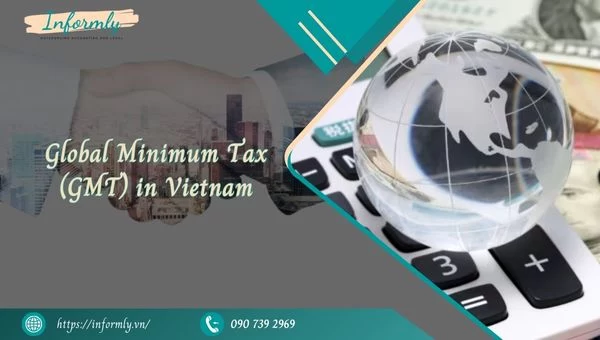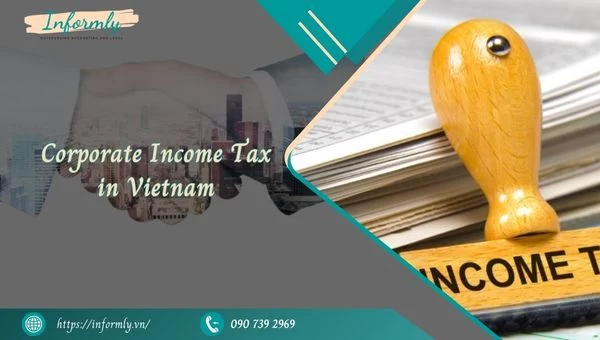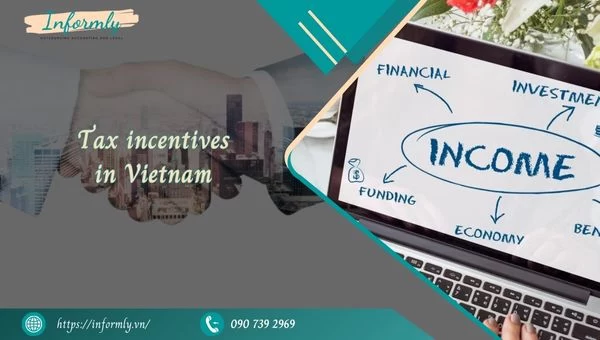Understanding Corporate Income Tax in Vietnam is essential for businesses operating in or planning to enter this dynamic Southeast Asian market. Vietnam’s tax system is designed to encourage investment while ensuring fiscal sustainability. This article provides an in-depth look at the corporate income tax (CIT) framework, including rates, exemptions, incentives, and compliance requirements, to help businesses navigate the system effectively.
What is Corporate Income Tax in Vietnam?
Corporate Income Tax in Vietnam is a direct tax levied on the profits of businesses, including both domestic and foreign entities operating within the country. Administered by the General Department of Taxation under the Ministry of Finance, CIT applies to companies, partnerships, and other organizations engaged in taxable activities. The tax is calculated based on a company’s taxable income, which is derived from total revenue minus allowable expenses.
Vietnam’s CIT system is governed by the Law on Corporate Income Tax (No. 14/2008/QH12), amended in 2013 and 2020, along with various decrees and circulars that provide detailed guidance. The system aims to balance competitiveness with revenue generation, making Vietnam an attractive destination for investors.
Standard Corporate Income Tax Rate in Vietnam
The standard Corporate Income Tax rate in Vietnam is 20%, which applies to most businesses, including limited liability companies, joint-stock companies, and foreign-invested enterprises. This rate is relatively competitive compared to other countries in the region, such as Thailand (20%) and Singapore (17%).
However, certain industries and business types are subject to different rates:
- Oil and gas, and other extractive industries: Rates range from 32% to 50%, depending on the project’s location and nature.
- Precious and rare natural resources: A 50% rate may apply for activities like mining rare earths or precious metals.
These higher rates reflect the government’s strategy to maximize revenue from non-renewable resources while keeping the general CIT rate attractive for other sectors.

Tax Incentives for Businesses in Vietnam
One of the most appealing aspects of Corporate Income Tax in Vietnam is the range of tax incentives available to encourage investment in priority sectors, regions, and activities. These incentives are outlined in Decree No. 218/2013/ND-CP and subsequent regulations. Below are the key types of incentives:
1. Reduced Tax Rates
Certain businesses qualify for lower CIT rates:
- 10% rate for 15 years: Applicable to enterprises in high-tech zones, industrial parks, or projects in underdeveloped areas like the Central Highlands or northern mountainous regions.
- 10% rate indefinitely: Available for income from socialized activities, such as education, healthcare, and environmental protection.
- 17% rate for 10 years: Offered to enterprises in sectors like software development, renewable energy, or new material technologies.
2. Tax Holidays
Tax holidays provide temporary exemptions or reductions:
- Full exemption for 4 years: Available for new projects in special economic zones or high-tech industries, followed by a 50% reduction for the next 9 years.
- Full exemption for 2 years: Granted to projects in areas with socio-economic difficulties, followed by a 50% reduction for 4 additional years.
3. Loss Carryforward
Businesses incurring losses can carry them forward for up to 5 years to offset future taxable profits, providing relief during the early stages of operation.
Eligibility for Incentives
To qualify, businesses must meet specific criteria, such as:
- Operating in priority sectors (e.g., clean energy, biotechnology, or IT).
- Being located in designated economic zones or disadvantaged areas.
- Meeting minimum investment thresholds for large-scale projects.
These incentives make Corporate Income Tax in Vietnam a flexible tool for attracting foreign direct investment (FDI) and fostering economic growth.

Calculating Taxable Income
To determine the Corporate Income Tax in Vietnam, businesses must calculate their taxable income accurately. The formula is:
Taxable Income = Total Revenue – Deductible Expenses + Other Taxable Income
Deductible Expenses
Expenses that can be deducted include:
- Raw materials and utilities directly related to production.
- Employee salaries, wages, and benefits.
- Depreciation of fixed assets (e.g., machinery, buildings).
- Research and development costs.
- Insurance premiums for business assets.
Non-Deductible Expenses
Some expenses are not deductible, such as:
- Fines or penalties for legal violations.
- Depreciation exceeding regulated limits.
- Expenses without proper invoices or documentation.
Maintaining accurate records and complying with Vietnam’s accounting standards is crucial to avoid disputes during tax audits.
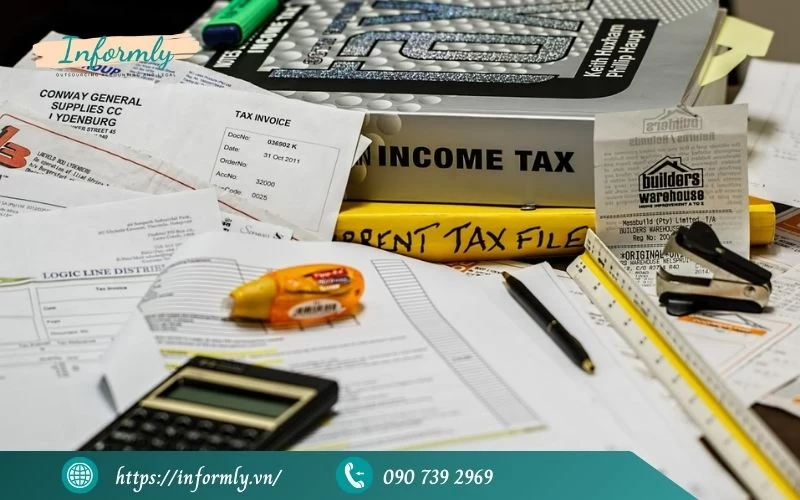
Compliance and Filing Requirements
Compliance with Corporate Income Tax in Vietnam involves meeting specific deadlines and procedures:
1. Tax Declaration and Payment
- Annual tax return: Businesses must file their final CIT return by the last day of the third month following the fiscal year-end (typically March 31 for a December 31 year-end).
- Quarterly provisional payments: Companies estimate and pay CIT quarterly, with adjustments made in the annual return.
- Electronic filing: Most businesses are required to file returns online via the e-Tax system.
2. Tax Audits
The tax authorities conduct periodic audits to ensure compliance. Businesses should retain financial records, invoices, and contracts for at least 10 years to support their filings.
3. Penalties for Non-Compliance
Late filings or underpayments can result in:
- Fines ranging from 0.03% per day for late payments to 20% of the underpaid tax for errors.
- Interest on overdue amounts.
- In severe cases, suspension of business operations.
Staying proactive with compliance helps businesses avoid costly penalties and maintain good standing.
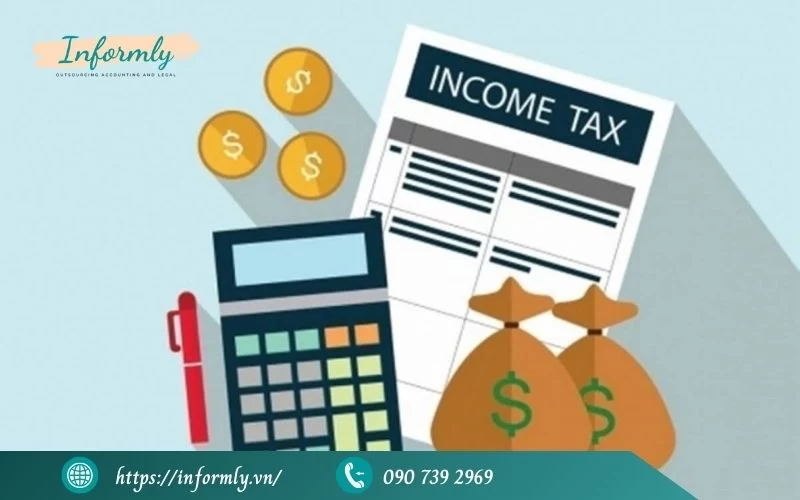
Special Considerations for Foreign Investors
Foreign investors face unique aspects of Corporate Income Tax in Vietnam, particularly regarding double taxation and profit repatriation:
1. Double Taxation Agreements (DTAs)
Vietnam has signed over 80 DTAs with countries like the United States, Japan, and Germany to prevent double taxation. These agreements allow foreign companies to claim tax credits in their home countries for taxes paid in Vietnam.
2. Profit Repatriation
Foreign businesses can repatriate profits after fulfilling CIT obligations and other financial requirements. A withholding tax of 0% to 10% may apply to dividends, interest, or royalties paid to overseas entities, depending on the DTA.
3. Permanent Establishment (PE)
Foreign companies operating in Vietnam without a legal entity may be deemed a Permanent Establishment, subjecting them to CIT on income derived from Vietnam. Understanding PE rules is critical to avoid unexpected tax liabilities.
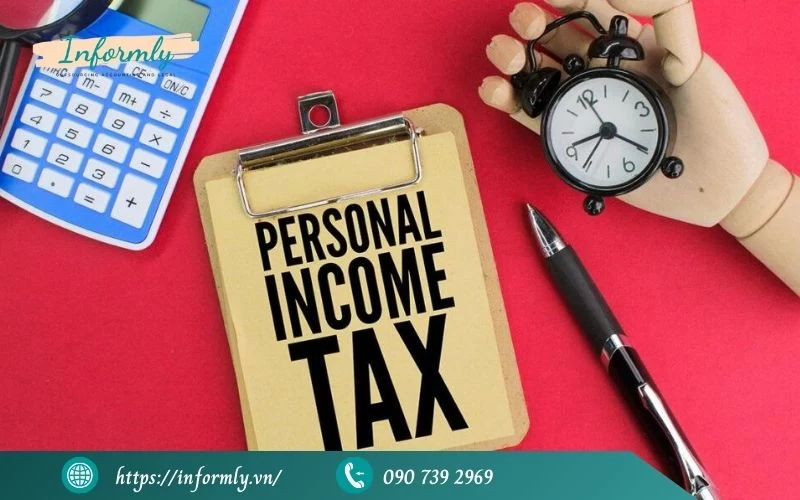
Recent Updates to Corporate Income Tax in Vietnam
Vietnam’s government periodically updates CIT regulations to align with global standards and economic goals. Notable changes as of April 2025 include:
- Global Minimum Tax (Pillar Two): Vietnam has adopted rules to ensure multinational enterprises (MNEs) with revenues above €750 million pay a minimum tax of 15% on profits, in line with OECD guidelines. This affects large foreign corporations operating in Vietnam.
- Enhanced digital tax rules: Income from e-commerce, digital services, and cross-border transactions is now subject to stricter reporting and taxation requirements.
- Green incentives: Additional tax breaks for businesses investing in sustainable practices, such as solar energy or waste recycling.
Businesses should stay informed about these changes through professional advisors or the General Department of Taxation’s website.
Why Understanding Corporate Income Tax in Vietnam Matters
For businesses, mastering Corporate Income Tax in Vietnam offers several benefits:
- Cost optimization: Leveraging incentives and deductions reduces tax liabilities.
- Compliance confidence: Proper filings prevent penalties and audits.
- Strategic planning: Understanding tax rules aids in budgeting and investment decisions.
Vietnam’s CIT framework is designed to support growth while ensuring fairness. By aligning with these regulations, businesses can thrive in one of Asia’s fastest-growing economies.
Tips for Managing Corporate Income Tax in Vietnam
To navigate Corporate Income Tax in Vietnam effectively, consider these practical tips:
- Hire a local tax consultant: Experts familiar with Vietnam’s tax laws can ensure compliance and maximize incentives.
- Invest in accounting software: Tools like Xero or QuickBooks streamline record-keeping and reporting.
- Monitor regulatory changes: Subscribe to updates from the Ministry of Finance or join business associations like AmCham Vietnam.
- Plan for incentives early: Structure investments to qualify for tax breaks from the outset.
Navigating Corporate Income Tax in Vietnam is a vital step for businesses aiming to succeed in this fast-growing market. With a competitive 20% standard rate, attractive incentives, and a clear compliance framework, Vietnam provides a business-friendly tax environment for both local and foreign investors. By understanding CIT regulations, optimizing deductions, and staying compliant, companies can unlock significant financial benefits and focus on sustainable growth. For expert guidance on mastering Vietnam’s tax landscape, trust Informly – your partner in simplifying complex tax strategies and empowering business success. Visit Informly today to ensure your tax planning is seamless and effective.

